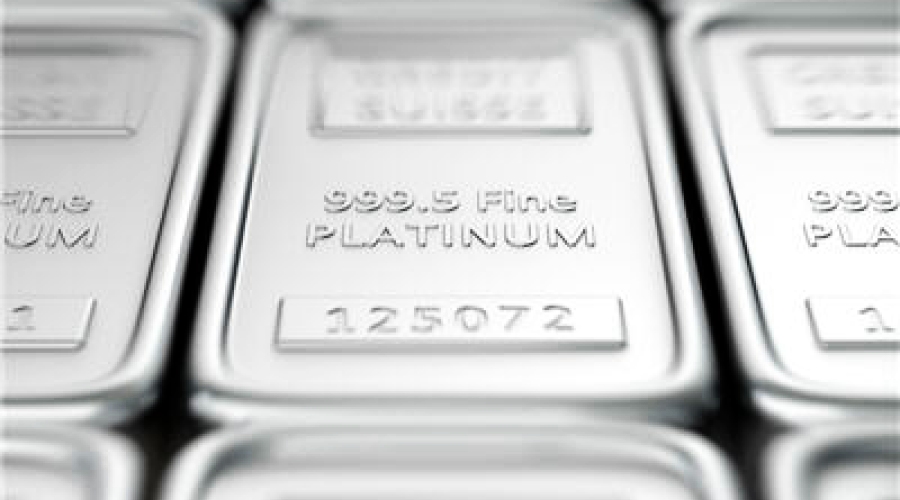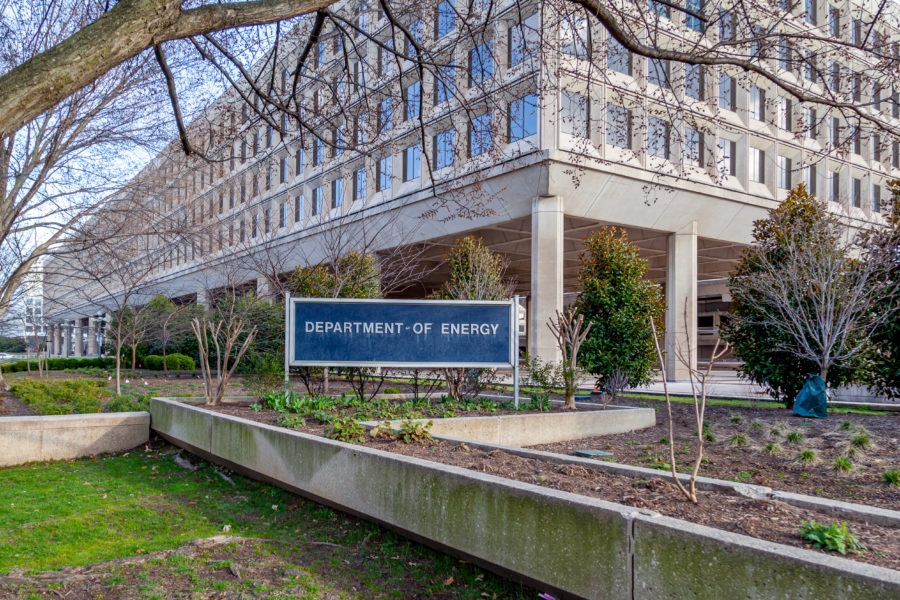Thomson Reuters publishes GFMS Platinum Group Metals Survey 2018

Thomson Reuters today released “GFMS Platinum Group Metals Survey 2018”, looking at developments in the global PGM markets over the past year and setting the scene for the rest of 2018.
Outlook
- We expect platinum to exceed $1,000/oz at times in the second half of this year, a level that has exceeded spot prices for all but one week since February 2017.
Platinum in 2017
- Despite an uptick in autocatalyst recycling and resilient mine production, platinum supply was tempered by a fall in jewellery scrap, leaving total supply almost unchanged in 2017. On the demand side offtake was slightly weaker as stronger industrial demand was more than offset by falls in jewellery and retail investment, leaving the overall market in a physical deficit for the fourth consecutive year at 0.05 Moz (1.6 t).
- Platinum mine production inched lower in 2017, by 1%, to stand at 5.92 Moz (184.2 t) driven by lower production from South Africa, Zimbabwe and Canada. Production disruptions in the form of maintenance work, safety stoppages, and mine suspensions were predominantly behind the drop in South Africa. Elsewhere, a normalisation in ore stockpiles led to losses, together with a drop in metal in mined ore. The closure of high cost shafts and higher metal prices pushed costs down by 2% on a Total Cash Cost + Capex basis, while increasing the peer group’s EBITDA by 14% to $1,702 M (excluding Russia), year-on-year. The drop in costs placed 32% of production under water, down from 35% in 2016.
- Platinum uptake in the production of autocatalyst applications last year rose by a healthy 7.1% to 3.48 Moz (108.2 t) despite the negative sentiment from the vital diesel market in developed economies. This was the fourth consecutive rise and saw offtake reach the highest level in a decade. While still the largest consuming region, Europe reduced its share of platinum demand which was a reflection of lower average platinum loadings, with platinum demand falling 2% to 1.4 Moz (45.1 t). China was again the stand out, rising 16% in 2017.
- Jewellery demand retreated 5% year-on-year to an estimated 2.20 Moz (68.6 t), the fourth consecutive annual decline. The biggest falls were seen in China and Europe, with fabrication in these key markets falling by 8% and 6% respectively. In China, competition from carat gold jewellery eroded market share while another drop in demand from the watch segment in Switzerland and a price related decline in the UK accounted for the bulk of European losses.
- Platinum consumed in industrial applications (excluding autocatalyst) rose by a combined 7% to a record high. The largest gains were seen in the petroleum and glass sectors which rebounded by 27% and 22% respectively, the former boosted by additional Chinese capacity.
- Retail investment fell by 45% in 2017 to an estimated 0.30 Moz (9.4 t). The material fall, the second in succession, has now seen investment demand decline by 279,000 ounces (8.7 t) from the peak in 2015. Japanese demand slumped 55% last year, despite platinum remaining below the psychologically important ¥4,000 per gramme level
Palladium in 2017
- Palladium’s physical deficit edged lower last year to 1.20 Moz (37.3 t), retreating slightly from the record level seen in 2016 of 1.33 Moz (41.2 t). A 5% rise in total supply was partially offset by further modest gains on the demand side. Adjusting for stock movements (from ETF redemptions and industry stocks) the Net Balance slipped to a deficit of 0.91 Moz (28.2 t), the deepest deficit since 2014.
- Mine production of palladium rose by 3% to total 6.74 Moz (209.7 t) last year as output rose in Russia, South Africa and United States, but was capped by the losses in Canada. An increase in palladium content in mined ore managed to reduce the balance despite bottleneck issues at the South Africa’s platinum belt. At the asset level, the largest increase was registered at Norilsk’s Russian operation led by the processing of concentrate purchased from Rostec and work-in-progress material in transit from the Polar to Kola division.
- Palladium demand in autocatalyst applications rose 4% to 7.9 Moz (245.1 t) last year, slightly faster than new vehicle demand and to a new record high. This was generally a reflection of rising loadings in particular in parts of our Other Regions category and China, but also in North America, driven by continued tightening emissions legislation. China introduced China 5 for LDV in 2016 and China V for HDV last year, with both having a significant impact on PGM demand and contributing to a 5% year on year basis. North America in turn started to phase in its Tier 3 regulation which we believe also had a positive effect on loadings, albeit not to the same degree as in China. European demand rose only at the margin in 2017, boosted in the main by real-world driving emission testing which have supported higher PGM loadings and a rise in gasoline vehicle market share.
Commenting on platinum and palladium pricing, Rhona O’Connell, Head of GFMS at Thomson Reuters, highlighted:
“We expect the platinum price will start a recovery this year, albeit a gradual one. This is predicated on a small deficit this year, of nearly 0.3 Moz (22.5 t), fuelled by a contraction in supply, chiefly from the South African mining sector, coupled with rising demand. In the case of mine output the decline is due to a combination of the sustained reduction in capital expenditure in recent years leading to a denuded pipeline of new projects, and closures from some marginal operations.
Meanwhile the palladium price is set to exceed platinum on an annual average basis in 2018; an historical first. We also expect renewed bouts of tightness in supply to generate higher lease rates. Our longstanding bullishness for this metal remains underscored by the growth in demand from the automotive sector, which is set to continue, despite record prices, as substitution is not underway at present (although various manufacturers are, as always, exploring options in order to mitigate any risk deriving from the price differential between the two metals). Further support is set to arrive from declines in mine output from the two dominant producing countries, Russia and South Africa. That said, total supply will barely change due to increased autocatalyst scrap and higher output from North American mines. As a result we expect palladium to average over $1,000 on an annual average basis for the first time ever this year.”
{{ commodity.name }}
{{ post.title }}
{{ post.date }}

Comments